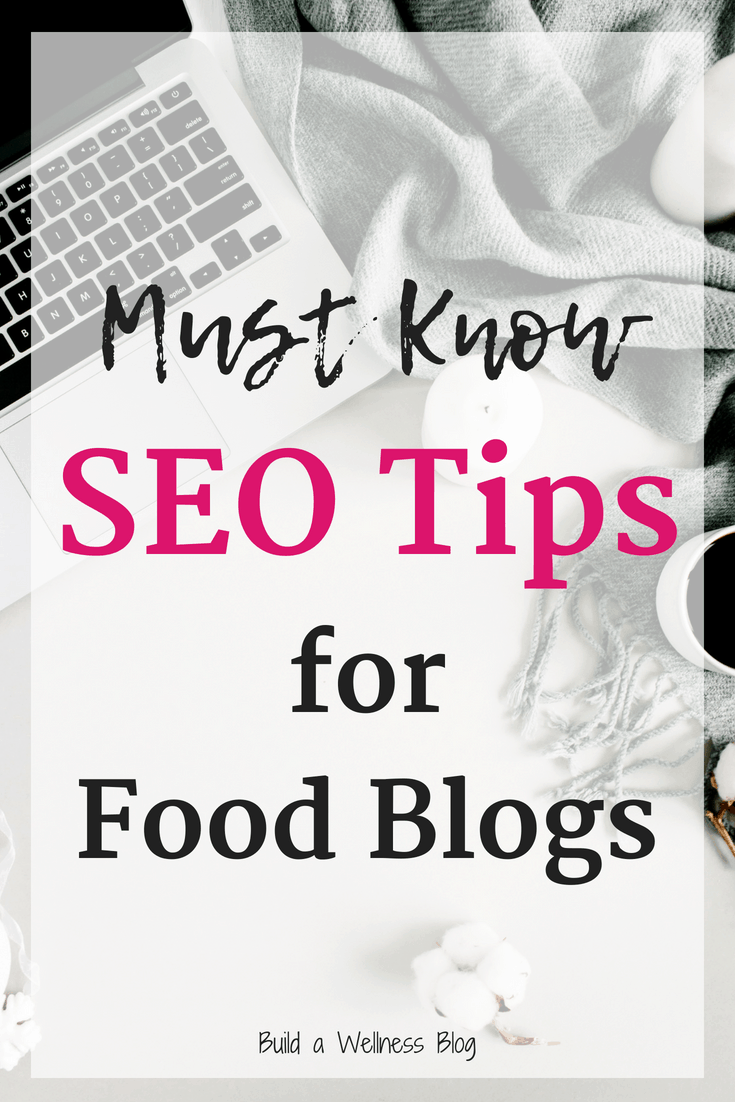
SEO For Food Blogs: What You Need to Know
Many wellness bloggers may incorporate healthy food content into their site, or may choose to focus exclusively on a healthy recipe blog. Either way, understanding the basics of SEO for food blogs will help you to rank higher in Google search results and get more traffic. I’ve pulled together some of the best SEO tips that I’ve learned over many years of blogging that will hopefully help you get more organic search traffic!
But wait – what is SEO for food bloggers?
Let me back up for a second though, in case you’re feeling lost. What exactly is SEO? SEO stands for search engine optimization, and it’s a method of optimizing your blog posts and content so that it can rank higher in Google (and other search engines).
For example, let’s say you were cooking at home and needed a recipe for “healthy avocado brownies”. You’d type that into Google, and Google would give you a list of search results. These results are ranked according to how Google thinks each best represents that query – so the #1 result is the one that Google feels will best meet your need for “healthy avocado brownies”.
Now from the flip side – when you’re writing a recipe post, there are certain things you can do to ensure your post has the best chance of ranking high in those results. The ranking is partly influenced by what you do “on page” (things that you put in your post) and partly influenced by what happens “off page” (people linking back to your post; sharing your post; etc).
Today, we’re going to cover what you can do for on-page SEO for food blogs using 4 key strategies:
- Use Yoast SEO to help you optimize a post.
- Choose the right keywords (do keyword research).
- Use a recipe plugin.
- Create fully enhanced recipe cards with that plugin.
Let’s breakdown these SEO tips for food blogs:
Disclosure: Some of the links below are affiliate links. This means I make a small commission if you choose to purchase it. It does not change your user experience in any way.
1. Use Yoast SEO to help you optimize a post.
Yoast SEO is a valuable plugin available for WordPress self-hosted sites. It basically scans your post as you draft it in WordPress and goes through a checklist of SEO criteria.
Once installed, you’ll see the tool underneath the area where you draft your blog post. You’ll be able to enter a focus keyword for your post. This is the main term for which you’re trying to optimize your post. It’s usually the name of your recipe – in this case, it was a post I did on “lemon energy bites.” Then you’ll get a stoplight style checklist like this:
For example, you can see that it covers concepts that affect SEO for food blogs like:
- Keyword Density – Note that in general, this is the one area of Yoast I recommend taking with a grain of salt. While you want to use your keyword a few times throughout your post, you also don’t want to stuff it in there unnaturally. Instead, weave in other keyword variations and write with your reader in mind. In recipes, the keyword frequency will naturally be a little higher in Yoast because it’ll count the phrase in your recipe card and recipe description, as well as those throughout the rest of the post.
- Word Length – You don’t want your post to be too short, or it may not meet the reader’s needs.
- Meta Description – You can enter in a specific meta description. The thought behind this is that you’ll enter in what Google will pull as the snippet for search results. Just note that Google doesn’t always pull this description; sometimes they’ll just randomly pull the first paragraph of your post. It’s definitely still important to fill this out though.
And of course there are many additional factors that it scans over too. If you see a lot of “red light” issues, you can work to address them in your post.
If you’re not using WordPress, you’re unfortunately out of luck with this tip – but know this is not a necessity; it’s simply just a built-in checklist. Yoast doesn’t make your SEO great; it helps to analyze if you’re taking the right steps in your post already.
One key note to keep in mind is that entering a “focus keyword” into Yoast does not mean that a) you will rank for that keyword, or b) that it is a good keyword. This is where the next SEO tip comes in handy.
2. Choose the right keywords (do keyword research!).
This is the number one tip that I wish I knew about SEO back when I started blogging. It applies to all bloggers, but food bloggers in particular tend to struggle with this a lot because of extra creativity in naming recipes and posts.
Here are the top two things to know about choosing your keywords to help your SEO:
1. Choose keywords for your recipes/posts that people are actually searching for.
Otherwise, it doesn’t matter how amazing the recipe is, because the odds are slim that anyone will ever find it.
Now, if you have a large social following on something like Facebook, you might be able to get a decent amount of traffic to a post even with poor keywording. But for organic search traffic, it needs to include good keywords that people are using to search for things.
To give you an example, let’s go back to those lemon energy bites above – if I created that recipe but called it “Chrissy’s Awesomesauce Balls” (this is taking a weird turn, haha) — no one is going to find that when they’re searching for energy bites.
2. Choose long-tail keywords that don’t already have a gazillion amazing results.
No matter how awesome your food blog is, it’s highly unlikely that you’re ever going to rank for “oatmeal cookies” or “burgers.” There are far too many great results already out there from big name publications or brands.
Instead, you want long-tail keywords. This just means that you want longer, more specific phrases. For example, instead of “oatmeal cookies” you might try something like “vegan oatmeal raisin cookies”.
How do you find keywords that people are searching for?
Use a keyword research tool. This is a game changer when it comes to SEO for food blogs.
There are several different types of tools out there. I personally use and highly recommend KeySearch – it’s a cost-effective option for new bloggers that has exactly the kind of keyword research functionality that you need.
Here’s how it works – when you’re in KeySearch, you type in the keyword you’re thinking about using for your recipe/post. For example, let’s say you were developing a recipe for keto ice cream. You type that into the keyword explorer in KeySearch and you get a screen that looks like this:
Let’s look at each side of this screen for a second and break it down – here’s the left side blown up a bit:
The left hand side of the screen gives you a comprehensive breakdown for that keyword. At the top, you can see the “competition score” which I circled in red – an estimate of how hard it would be to rank for this term. In this case, it looks like a score of 43 and is considered “moderate” competition.
You’ll also see the top 10 posts for that term, noted by the red arrow on the left side. This includes a breakdown of things like page authority and domain authority for each. While there’s controversy as far as if these factors are actually used in determining the ranking in Google – many SEO people say it doesn’t actually matter – I think that on the whole it provides a good snapshot of how hard it would be to outrank the top 10 results.
And here’s the right side blown up a bit:
On this side of the screen, you’ll see a list of other keywords that are related to the term you typed in. This is where you can really hit the jackpot.
Look through these terms and see if any other stand out to you as being a match for your recipe idea. Then, check the difficulty of those terms by clicking the “check” button, denoted by the red arrow. Try to find keywords with lower difficulties, which will be in green (easy-moderate; numbered from 30-39) and light green (easy, numbered from 20-29) colors.
You can filter the list of related keywords as well by phrase, volume, and more. In this example, perhaps you want to filter by keywords that must contain “ice cream” and that have a volume of 200 or more searches. Click the filter box (circled in red above) and then enter “ice cream” in the keyword box and a minimum volume of 200.
You’ll see that it comes up with a list of keywords that meet this criteria, and then you can check the difficulty of them. In this case, I might go with something like this “no churn keto ice cream.”
Is there a minimum volume to use for SEO?
There’s debate in the SEO world about the minimum volume to aim for when selecting a primary keyword. I’ve heard people say go no lower than 2,000 searches, but I tend to veer towards another school of thought on this. When just starting out, it may give you a little traction to start with some of the lower volume search queries (200-1000 per month) that have minimal competition, and rank in the top few results of Google. Then as your page grows, you can aim for the higher volume and more competitive results.
The other thing to keep in mind is that one post can rank for multiple search terms. That “no churn keto ice cream” may also rank for “keto diet ice cream” and “easy keto ice cream” if you weave those terms into the post itself. For example, I have one post for a certain recipe that brings in 600-800 hits a month, despite the fact that the target keyword I used only has 110 searches a month. That’s because it also ranks for several similar keywords.
Want to use this tool? You can sign up for KeySearch in just a few minutes.
I know when I started blogging I was hesitant about spending money on anything before I was making money. But this is the one thing I wish I had invested in back then, because I wouldn’t be now going back through 200 old posts from my early years trying to find keywords that fit and update the content! 🙂
KeySearch is only $17 a month, which is a steal. And if you use my link to join, you can also use code KSDISC to score 20% off your monthly subscription!
3. Use a recipe plugin.
When I started my fitness & food blog, I skipped over a recipe plugin because it seemed like so much extra work. Why would I use that when I could just quickly type the recipe into the post?
Little did I know that Google likes to read what they call “structured data” for recipes – and this achieved in your post by using a recipe plugin. Doing this properly is essential when it comes to SEO for food bloggers, as it helps your recipe rank higher in search results.
It will also enable the snippet (the little paragraph that you see in search results) to display things like a photo, ratings, and calories. You can see these in the example below when I googled “vegetable frittata”:
If you’re familiar with coding, you can directly code the structured data into your post yourself. Since I’m guessing most of us don’t know how to do that – myself included! – you’ll want to use a recipe plugin. There are two out there that I think are the best options for most healthy food bloggers:
Both of these plugins are from reputable companies and are updated very frequently in line with any changes that Google makes to what they recommend. Which brings me to the next tip…
4. Build fully “enhanced” recipes.
A fully enhanced recipe card is one that includes all of the data that Google recommends. Including all of these components will help your recipe to rank higher in search results as Google sees it as more likely to fill a user’s needs.
While this includes the obvious essentials – like the recipe name, ingredients, and directions – it also includes a few things that are less intuitive. Here are some of the sections to make sure you complete in your recipe card plugin:
- Author name – Either your name or your site name, depending on how you plan to brand.
- Prep & cook time – How long does it take to make it?
- Cuisine – Is it American, Mexican, French, etc?
- Nutrition facts – Currently, only calories are specified. This could change in the future.
- Aggregate rating – Google likes to see that other people have rated your recipes. The recipe plugins above give people that option when they make a comment – encourage people to leave a rating in your post!
In May 2018, Google also added two new important recommended parts:
- Keyword – One or two keyword phrases that describe what someone would say if they were searching by voice for your recipe (be specific – don’t just say something like “dessert” or “burger”; think of your keyword research that you did for the post).
- Video – A video that depicts the recipe being made.
The biggest shock with the May 2018 update was the addition of video. Creating recipe videos can take quite a while, and it may seem intimidating to have to upload these to every recipe card. Keep in mind though that it’s not absolutely required for you to do so. You can certainly post a recipe without a video.
However, Google is basically telling us that for the best chance of ranking high in the search results, you want to include all of the recommended components. Therefore, from an SEO standpoint for food blogs, it’s in your best interest to add all of these components if you are able to do so.
Quick Tip: You can check to see if you’re missing any of the recommended components in the recipe structured data by entering a URL in the Structured Data Tool.
A final word on SEO for food blogs…
I know this seems like a LOT of information all at once. Like every part of blogging, it’s going to be impossible to be “perfect” at every aspect of SEO. Google search algorithms will change, required data in a recipe card will be updated (like we saw in May 2018), and suddenly posts might need a little updating. That’s OK! Just put into place as many aspects as possible and you’ll start seeing your organic traffic grow!
Share with me: What other questions do you have about SEO for food blogs? For any more experienced bloggers reading this, did I miss any key SEO tips?


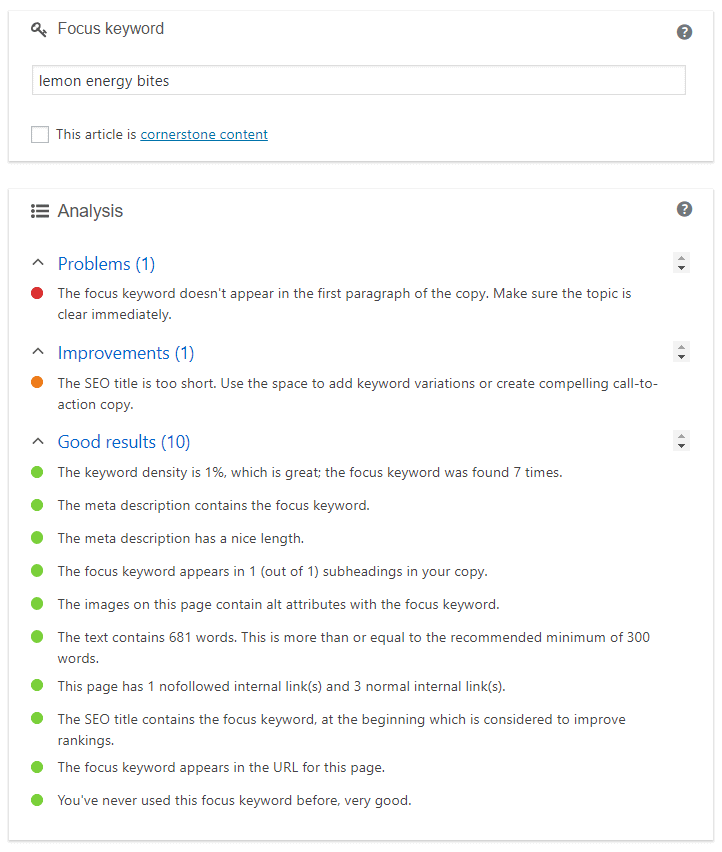
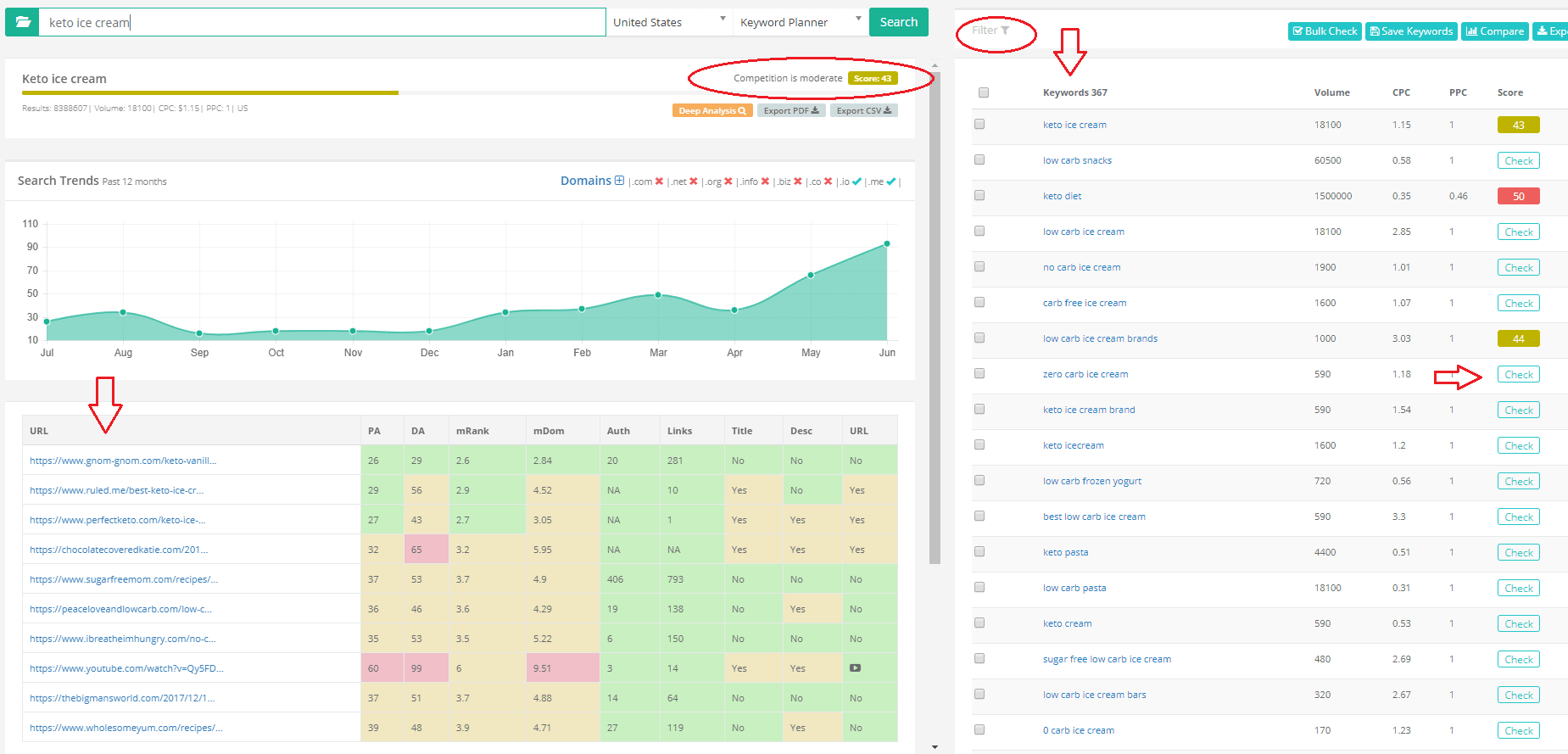
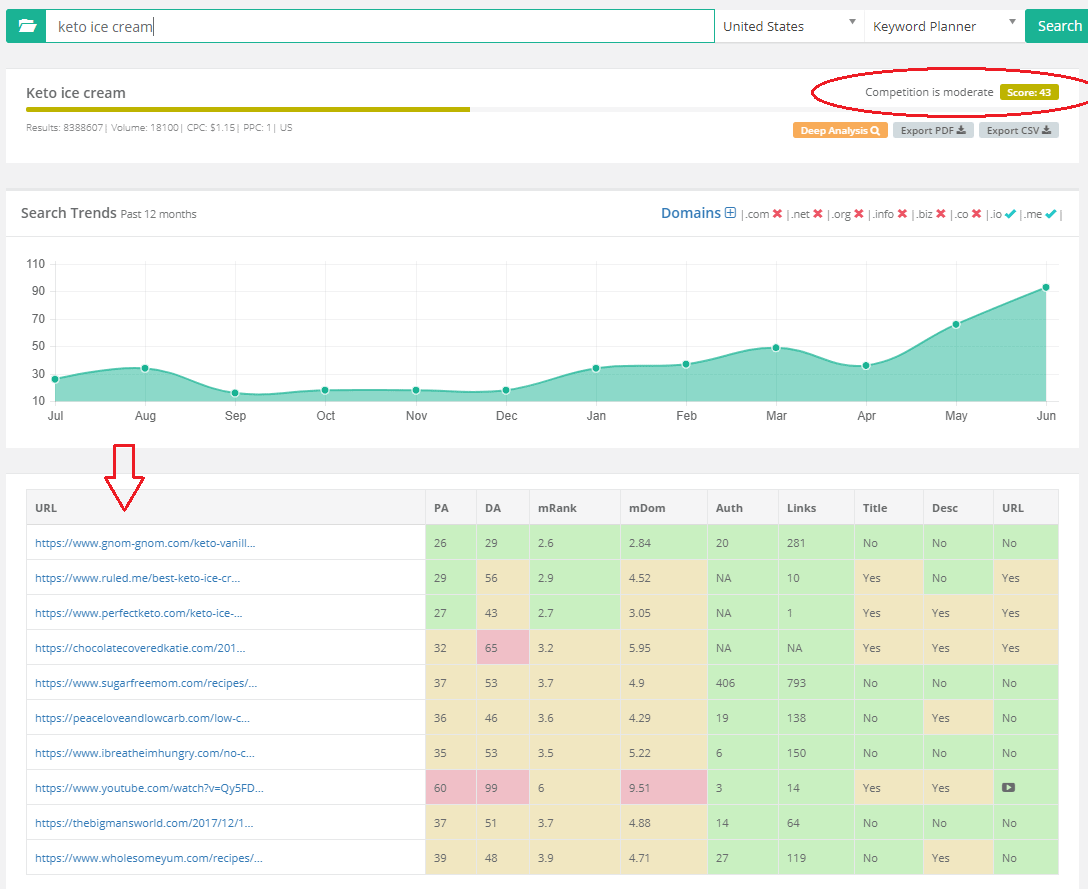
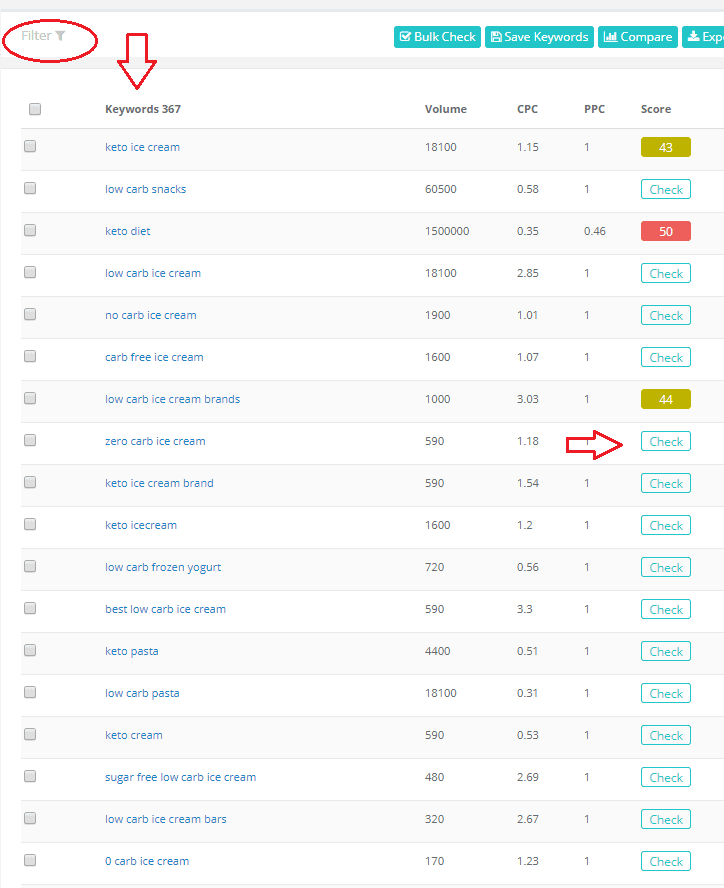


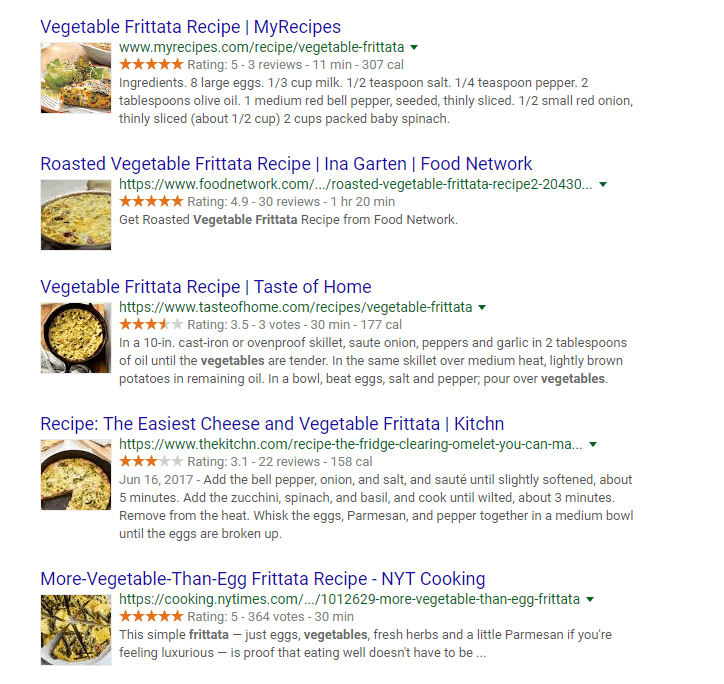



12 Comments
Julia Robarts
Chrissy! So helpful, thanks for this review. I know it’s a year+ old now, but it still stacks up against all the current stuff I’ve been reading, and is really much more what I need since it’s food blog focused. I appreciate you sharing your expertise.
Chrissy Carroll
yay! so glad you found it helpful!
Bruce Sessions
Thanks for Sharing this Information Chrissy!!./ Good stuff for any SEO Marketer of Food Blogs.
Petey Cruiser
I just want to say I am newbie to blogging and site-building and seriously loved you’re web site. Most likely I’m going to bookmark your blog. You amazingly come with fabulous articles and reviews. Thanks a lot for sharing your web site.
Pradyut Dutta
Amazing post! Thanks for sharing this useful information.
Manas Roy
Excellent blog for FOOD blogger. thanks for shearing it
Alex
Thank you, Chrissy, for sharing such a detailed guide. I’m just starting blogging and I really struggle with optimizing my recipes for Google. Thank you!
Chrissy Carroll
No problem! So glad you found it helpful. Hope you’re blog is going well so far!
Puja
Hi Chrissy,
Those are some excellent tips. I personally have struggled with SEO quite a bit, especially when it comes to long-tail keywords.
The problem with long-tail keywords is that a lot of times many recipes do not have a long tail keyword (with decent search volume), especially in the Indian recipe segment. It is here that picking something that has decent searches with low competition becomes difficult.
Another thing I realized is that Google ranking factor is considering page load speeds a lot these days. By improving my page load speed from an “F” on GTMETRIX to a “B”, helped me jump up rankings by about 7-8 places for a lot of search terms. That was a shocker for me.
Thanks for the tips.. It is really helpful.
Regards
Puja
Chrissy Carroll
Yes, it can definitely be a challenge in certain recipe segments to find the right keywords! It’s an art though, not a science, am I right?! 🙂
And that’s a great tip about page speed – especially with the upcoming focus from Google on Core Web Vitals, page speed will become even more important!
Juana
Thanks Chrissy. You laid it ALL out and in such a way that even I get it. I’m a health and wellness blogger trying to make sense of it all. This is a good “SEO for Dummies”😊!
Chrissy Carroll
Glad it was helpful!